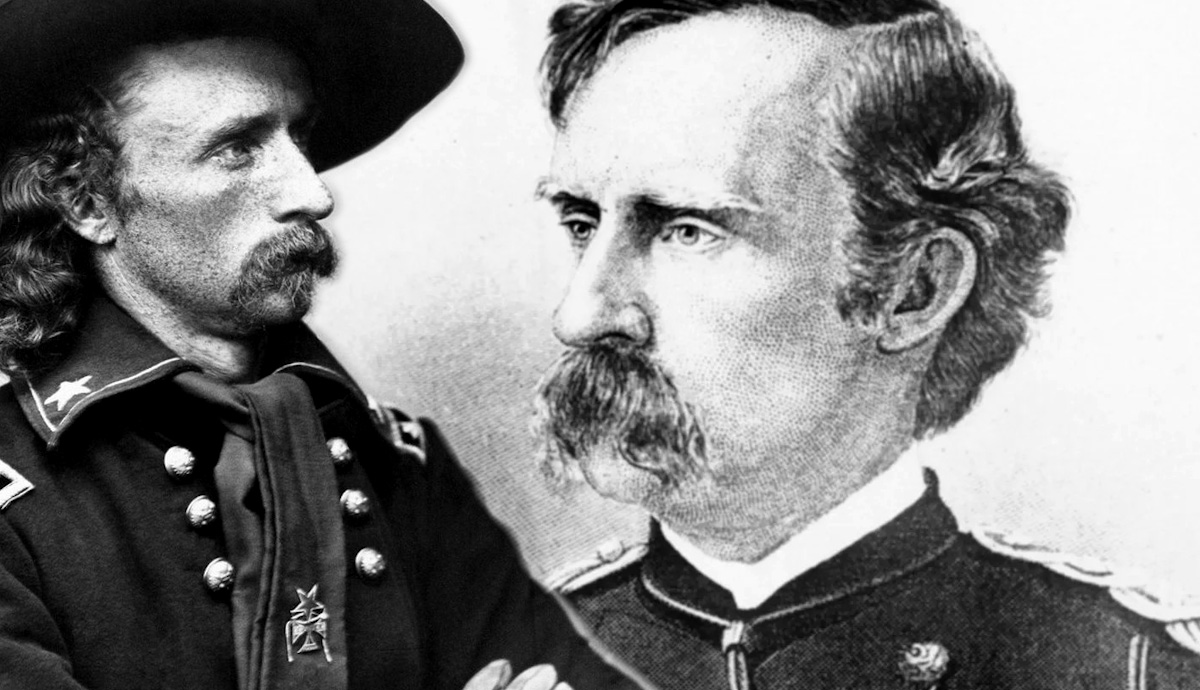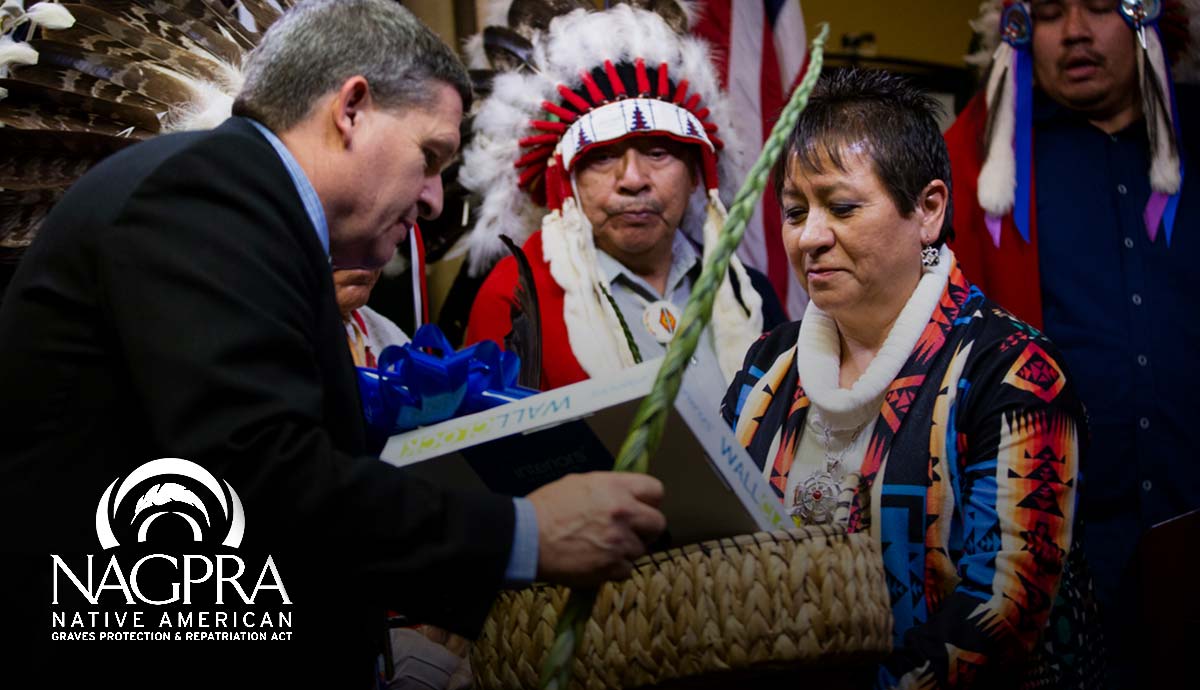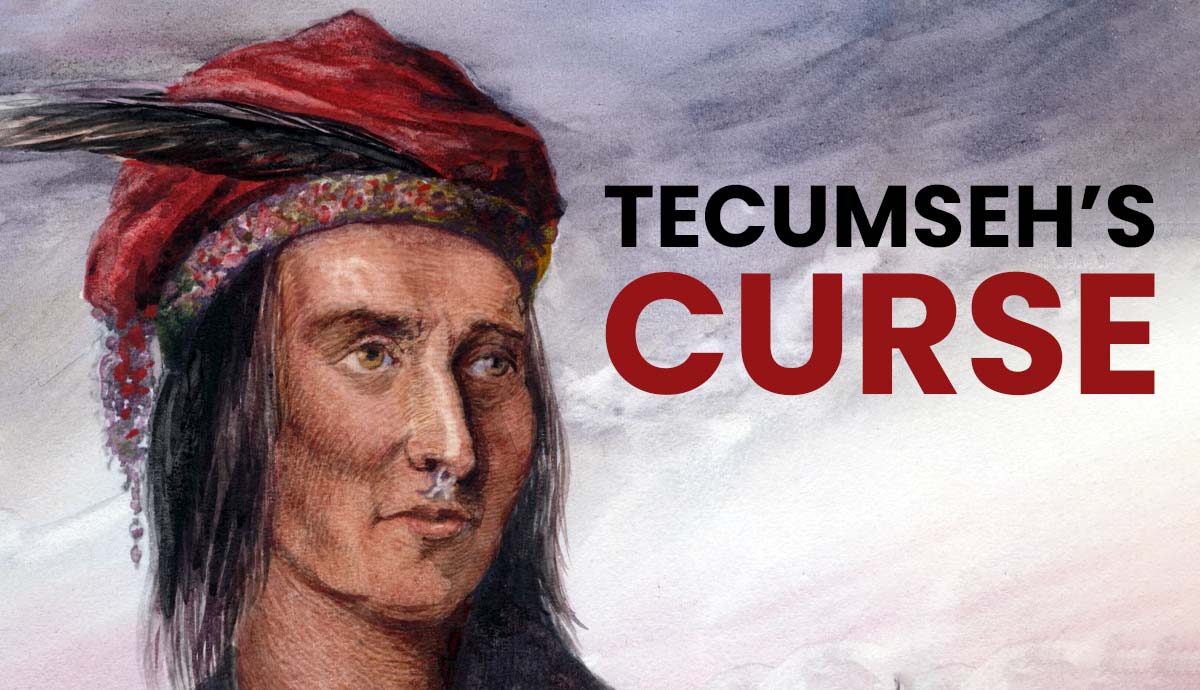
For generations, George Armstrong Custer was celebrated as a hero of the American west, lauded as the champion cut down at his last stand. However, as history has marched on, new information and evolving understanding have led to new perspectives on Custer. So, is he the conquering hero of the plains or the heartless destroyer of tribal culture?
George Armstrong Custer: The Beginning

George Armstrong “Autie” Custer was born in New Rumley, Ohio in 1839. An ambitious but impulsive young man, Custer was awarded entry into the US Military Academy at West Point at age 18. A bit of a troublemaker, Custer was known to be fun-loving but not very devoted to his studies. He graduated last in his class in 1861. Fortunately, his dedication to his military career was much stronger than his commitment to his education.
He served with distinction for the Union in the Civil War, starting as a cavalry officer and quickly earning promotions. He eventually became a brevet major general. Brevet officer status has varied over history, but in the case of the Civil War, it was a temporary promotion from which the individual in question was removed and returned to his former ranking after the conflict. Therefore, upon conclusion of the war, Custer’s status was that of Captain, though the following year, he would be promoted to Lieutenant Colonel. Regardless, he had earned the respect of many and still the ire of others.
Building a Marriage While Building a Career

Though he was in the midst of a war, Custer still found time for romance. In 1862, he began dating Elizabeth “Libby” Bacon. Libby’s father was a prominent judge in her home state of Michigan and felt that she could do better than the brash and boyish George Armstrong Custer. Judge Bacon was certain that his daughter’s social position was worthy of a wealthier man of a higher station, but this didn’t change Libby’s feelings, and she and Custer continued to communicate regularly.
She eventually accepted his marriage proposal, and they were married in 1864, despite the ongoing war. Libby was extremely dedicated to her husband, following him to various forts and outposts as he continued his military career after the Civil War. Their marriage was a passionate one, with Custer even risking his career for his wife. On one occasion in 1867, he so desperately wanted to see his wife, he abandoned his post, stole an army horse, and rode to Kansas to the fort at which Libby was staying. He was court-martialed due to this action and suspended for a year without pay. The suspension wouldn’t last, however, and he was soon reinstated.
His love for Libby wouldn’t prevent Custer from betraying her, though. Around the same time. He began an affair with a young Cheyenne woman named Monaseetah. On the other hand, Libby remained devoted to her husband throughout her life, and she outlived him by fifty-seven years.
The Good Old Custer Luck

Custer was lucky in more than just love. He gained a reputation for possessing a mythical trait called “Custer Luck” and seemed to prove its existence time and time again. A perfect example is the canceled suspension that he earned when spiriting away to visit Libby. This luck began to be noticed by others during the Civil War. For instance, Custer had eleven horses shot out from under him but managed to only be wounded once during the entirety of the war. Whether it be belief in his good fortune, bravery, or lack of sense, Custer was a commander who led from the front, which led many soldiers to eagerly support him and follow him without hesitation. Little did he know, his luck wouldn’t last forever.
“There’s Gold in Them There Hills!”

After the Civil War ended, Custer continued his military career. He was transferred to the west and began working a variety of assignments on the plains, as the government shifted its focus to settling the territories in that area. In 1874, the US government sent George Armstrong Custer into the Black Hills leading an expedition of 1,000 soldiers, 70 Native American scouts, two gold miners, and four newspapermen.
The reported purpose of the trip was to scout a location for a new fort. However, this trip was problematic for multiple reasons. Firstly, there was an underlying intention for this expedition, and secondly, it violated a previous treaty. The secretive purpose of this trip was one motivated by greed: it was believed that gold was abundant in the Black Hills, and gold fever still ran rampant throughout the country. Certain individuals wanted to determine if gold was in fact present.
In terms of treaties, this exploration violated the Fort Laramie Treaty of 1868. This treaty was written and signed at the conclusion of Red Cloud’s War, in which the US government was forced for the first and only time to make concessions to a Native American force. The treaty recognized the Black Hills as part of the Great Sioux Reservation, to be used exclusively by the Lakota (also known as the Sioux) people. Though the Lakota were not originally from the Black Hills, the area had become sacred to their spiritual history. Many tribes had moved in and out of the Black Hills over time, and groups often adopted traditions from their predecessors.

Unfortunately for the future of the Hills, Custer’s expedition would confirm the presence of gold. Custer exacerbated the news by utilizing the reporters embedded within the expedition. He was quoted in the New York Times as describing an abundance of gold in the area, but the article and others failed to mention the fact that the region was under the ownership of the Lakota tribe. As the headlines spread, gold fever surged as well, and the area was soon overwhelmed with miners. President Ulysses S. Grant had a decision to make: either to use Custer and the rest of the army resources to remove miners or to focus their efforts in other areas. He chose the latter.
The Last Stand in the Greasy Grass

Within a month after Grant formally decided to cease removing miners from the Black Hills, all Lakota were ordered to report to reservation living or be considered hostiles. Many refused, including a large contingency that included leaders like Sitting Bull and war luminary Crazy Horse. George Armstrong Custer took command of the 7th Cavalry with the objective of subduing this group, leaving from Fort Abraham Lincoln in the Dakota Territory in the summer of 1876.
He had about 600 men under his command and planned to meet up with Colonel John Gibbon, who commanded about 400 men, and General George Crook, who would be coming down from Fort Fetterman in Wyoming Territory with 1,300 men. General Crook would engage with the Lakota forces and their Cheyenne allies at the Battle of the Rosebud on June 17th, which would be fortunate for him, as he would miss the next battle on June 25th.
Custer met up with his unit commander, Alfred Terry, on June 22nd. Terry essentially gave Custer the go-ahead to pursue and attack as he saw fit, and Custer aimed to do so. With his men split into three groups, one under Major Marcus Reno, one with him, and a pack train led by Captain Frederick Benteen lagging behind, Custer came upon a large Native camp on June 25th, 1876. This village numbered about 8,000, with about 1,000-1,800 of those individuals serving as warriors.

Originally, Custer planned to camp about 12 miles from the village and plan an overnight attack within a few days. However, when his scouts reported to him that the village might be planning to move out, Custer decided that the time to attack was now. He sent Reno’s group around to assault the village from the southern end. Custer headed north to attack from that direction.
Reno’s unit attempted to form a skirmish line when they reached the warriors but were soon forced to retreat. The group was pinned down for over 24 hours before the village eventually packed up to move, the warriors with them. Custer’s fate was much worse. His entire command lay dead on what would become known as Last Stand Hill with him, bodies mutilated by their defeaters. The news would reach the cities to the east, including the ears of Libby Custer, as the nation celebrated the 100th anniversary of its independence on July 4th, 1876. The skirmish would become known as Custer’s Last Stand, though the Lakota refer to the event as The Battle of/at Greasy Grass, based on their name for the location.
Was Custer a Man or a Myth?

The nation was heartbroken when they learned of the loss of their dashing hero, a figure whose presence cut a striking figure in newspaper photos. To the people of the east, Indigenous people were a fearsome problem that Custer was heroically putting a stop to in the name of Manifest Destiny. However, as time marched on, historians began to uncover more about the true personality and actions of George Armstrong Custer, using primary sources, archaeology, and other evidence to create a more complete image of the man. For example, testimony from those present at the events leading up to the Greasy Grass has brought Custer’s judgment call to attack into question. President Grant even suggested that the deaths of the seventh cavalry were “unnecessary” and brought on by “Custer himself.” While Libby Custer campaigned to promote her husband as a paladin and protector until her death, some of his detractors came to light.

In viewing Custer in hindsight, his arrogance is one trait that can be considered a fault. He didn’t hesitate to question his superiors, was overconfident in his abilities, and belittled the Native nation, which would lead to his downfall. His poor decision-making on that fateful June day led to his death and the death of dozens of others. His dalliances against a wife he supposedly adored cannot be overlooked. Many men, Custer included, who were involved in the forced removal of Indigenous peoples from their homes are now being criticized where they were once considered military heroes.
Historical paragon or military legend? George Armstrong Custer was a complicated figure whose character and celebrity varies depending on one’s perspective. Looking backward, we can make assumptions, but drawing judgments on such a problematic historical figure is always a nuanced and convoluted matter.










